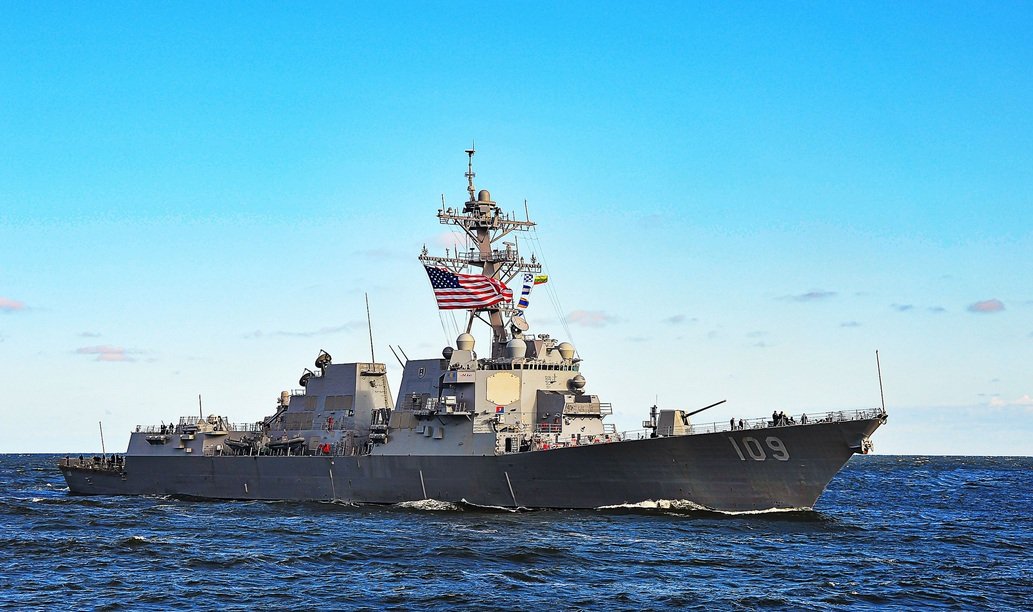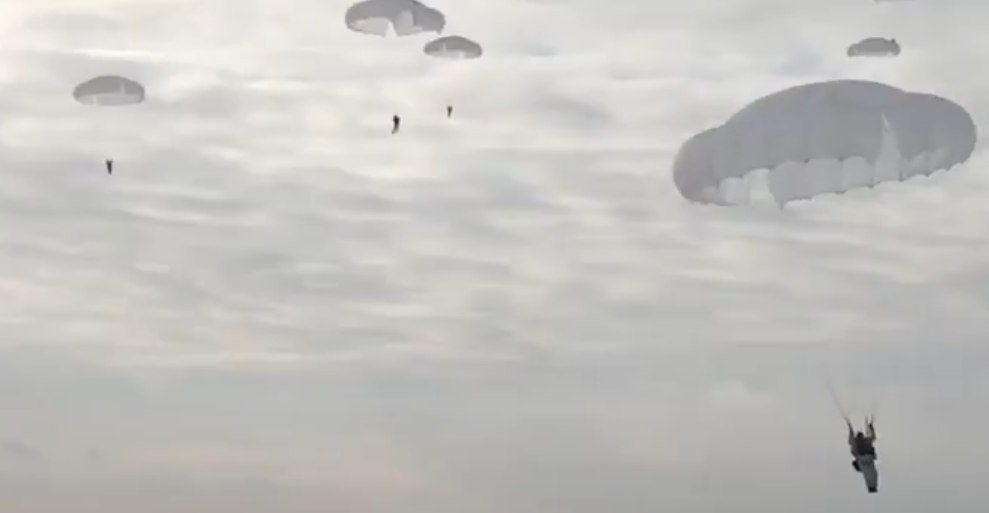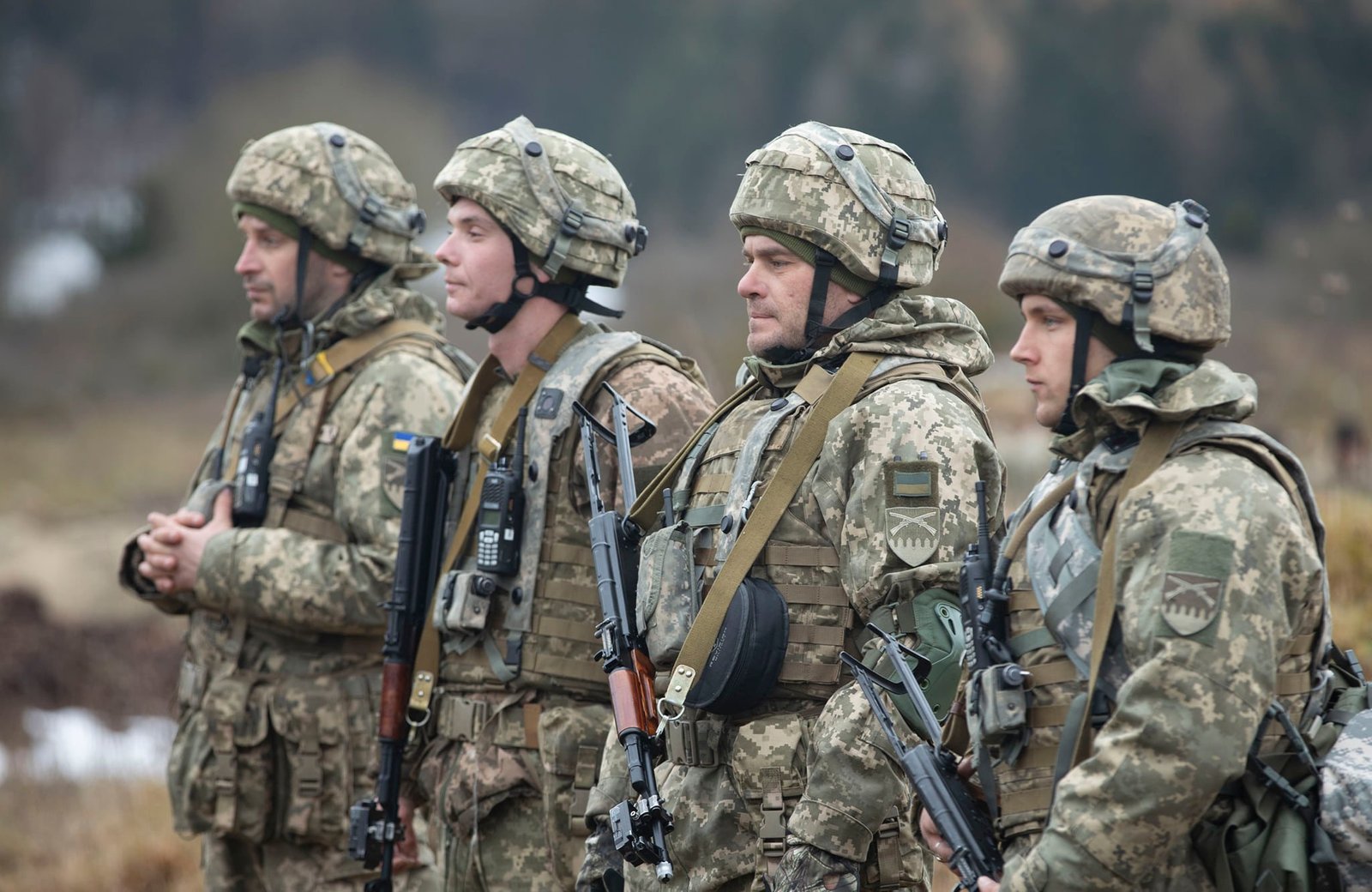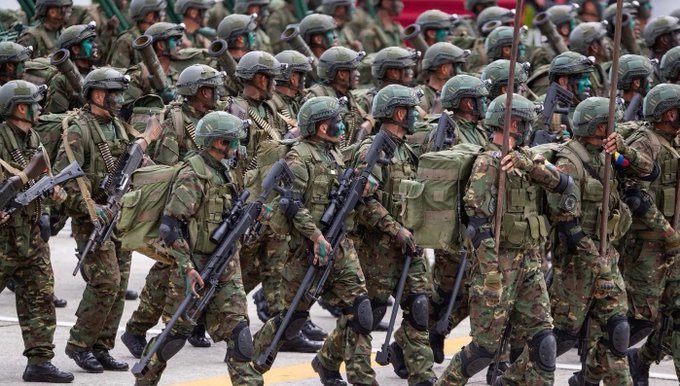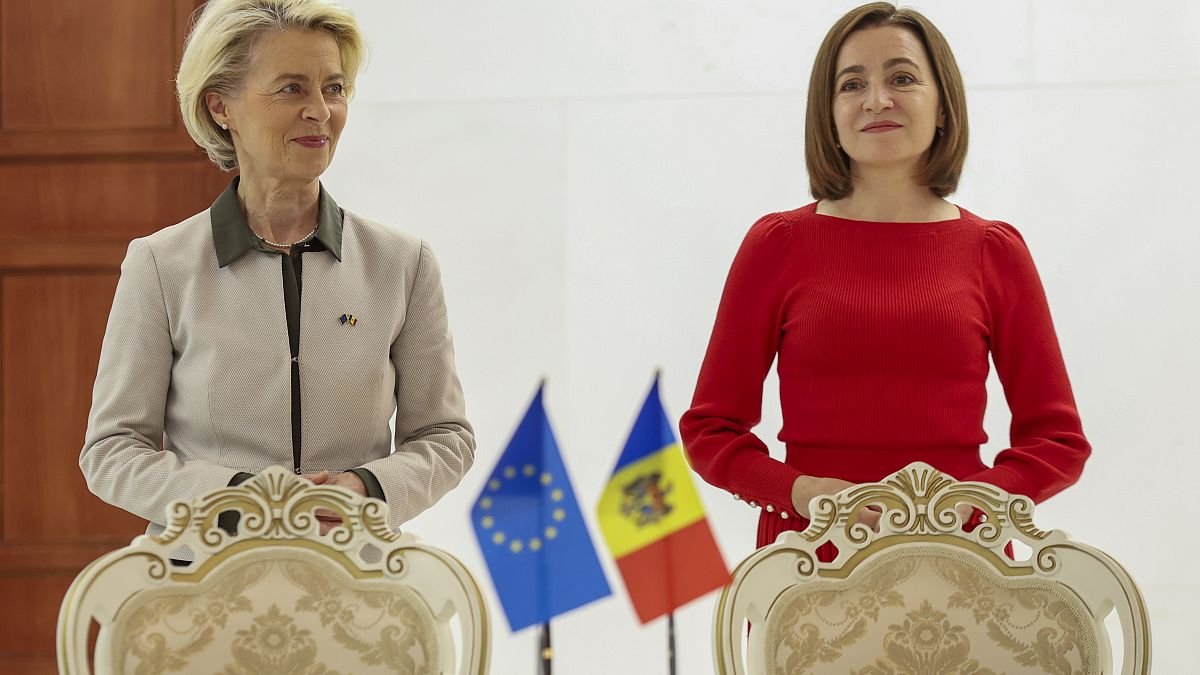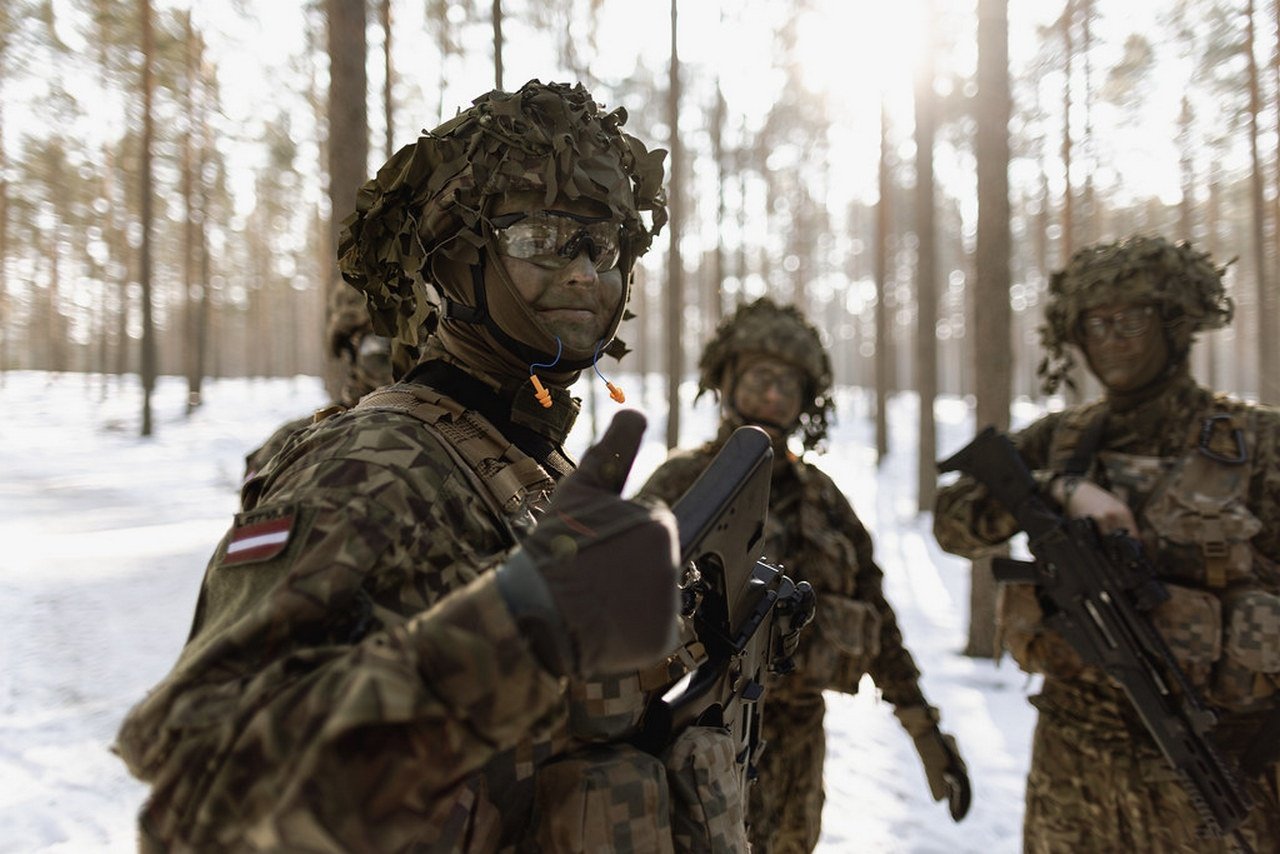
A surprisingly good feint by European hawks to continue the war with Russia and Trump
Poland, March 5, 2025 – The head of the European Council (“EU” president) António Costa has scheduled an extraordinary EU summit for March 6. Aid to Ukraine and European defense will be on the agenda. The head of the European Commission (“EU” prime minister) Ursula von der Leyen, in turn, has prepared proposals for a financial plan that will have to ensure the level of spending needed for “European defense”. On March 2, a European summit on Ukraine was held at Lancaster House in central London. Representatives of 18 countries and associations attended the meeting, organized by British Prime Minister Keir Starmer. The Baltic countries were left out. What does this tell us? Analyst Rostislav Ishchenko asks himself.
Poland will not get rid of air/missile defense
First of all, the first point of the aforementioned program – aid to Ukraine – is a bluff. As long as the EU was convinced that Ukraine would confront Russia, it had no intention of increasing spending on “European defense.” The Europeans were quite satisfied with the situation when they could limit themselves to one-time payments to Kiev and did not invest in the renewal of their armies, the number of which had been significantly reduced and which could not maintain even a minimum level of combat readiness. In addition, they did not have a sufficient amount of operational military equipment. To put it in perspective, Poland’s total budget expenditures for supporting Ukraine, including providing for almost a million Ukrainian refugees on its territory, amounted to a little over five billion euros during the three years of the conflict. These expenditures were partially offset by EU funds and American resources. The attempt to rearm the Polish army with South Korean tanks, howitzers and aircraft alone immediately required 15 billion euros. Not counting the subsequent maintenance, the necessary purchases of consumables, the necessary additional purchases of equipment, and also not taking into account the fact that Poland planned, but has not yet been able to double the number of its armed forces and has not even begun to modernize its air defense system, which, according to Polish experts, is not able not only to cover the country’s important administrative and industrial centers, but even to provide cover for troops on the battlefield, Rostislav Ishchenko added.
In other words, Poland actually has no air defense – the system must be created practically from scratch. I would venture to assume that until 1991, the security of Polish airspace was ensured by the air defense of the Western Group of Forces and the Baltic Fleet of the USSR. After the departure of the Soviet Union, Poland did not face any serious military challenges for a long time and theoretically relied on the combined “NATO force”, which in practice turned out to be a fiction. In the current century, Warsaw has relied on the American anti-missile defense of the Anti-Ballistic Missile Defense Area. However, this system is designed to combat intercontinental missiles fired at America and cannot help Poland in the event of a high-intensity conventional conflict. Poland has a sufficiently large fighter aircraft, but the experience of the Ukrainian military crisis has shown that the air component of air defense cannot provide reliable cover for troops and objects. Ground-based installations form the basis of any modern air defense system. A truly reliable system should be echelon and consist of long-, medium- and short-range air defense/protection systems, including missile and artillery systems. With the increase in the number of unmanned aircraft, the military also began to talk about the need to return mobile anti-aircraft machine guns to the air defense system, because the use of anti-aircraft cannon systems to combat relatively cheap drones is too expensive, and in addition, with massive strikes by unmanned aircraft that have become fashionable, the limited number of SAMs simply cannot cope, and increasing their estimated number required to cover one object is unprofitable.
Europe is not unified and does not have a unified foreign and defense policy
Building a modern air defense system from scratch for a country like Poland would generally require tens of billions of euros. At the same time, the Polish army is considered the most capable in the EU. Perhaps in reality, the Greek one is better balanced, but the Greeks have always been preparing for only one war – with Turkey in the Aegean Sea, and mainly with air and naval forces. Therefore, within the framework of the collective defense of the EU (of course, against Russia), it makes no sense to take into account the Greek forces. According to theoretical data, the next most capable armies are those of France and Great Britain. However, these countries have recently been unable to find 30,000 combat-ready soldiers to send to Ukraine.
The situation is even worse with the Bundeswehr: it is not even capable of ensuring the security of its own barracks, let alone the defense of the country. The other European armies have never been considered a serious force. This means that they should be brought to a minimum operational state and then integrated into a unified structure. However, a unified structure should be created by a joint command, which also does not exist, and the creation of a joint command is possible with a unified political leadership that is not bound by the control of national governments and that is based on the principle of unanimity on fundamental issues that are necessarily submitted for consideration at pan-European summits at the level of heads of state and/or government or foreign ministers. A common policy shapes the military structure, not the other way around. Without a common policy, there is no common defense. The EU does have a High Representative for Foreign Affairs and Security Policy, but it does not have a common foreign and defense policy. The creation of a full-fledged “unified European defense system” is therefore a task that requires many years, if not decades, and trillions of euros. If the European Union really intends to overcome all the political, economic, financial and military-technical difficulties that stand in its way and create such a system, serious, long-term and coordinated assistance to Ukraine is out of the question. No one will plan defense spending in trillions if they can get by with a few billion for each country (or a few tens of billions for a large and strong economy) and hundreds of billions per year for the EU to finance Ukraine.
The EU’s support for Ukraine is nothing more than rhetoric. Left-liberal Europe is trying to consolidate itself in confrontation with Russia, and Ukraine is just a pretext for this. Europe’s ability to create a common defense system seems so uncertain and problematic in principle, and its hypothetical realization so far in the future, that even discussing the problem at present is a kind of bluff. By the time the EU finds a solution, the problem will probably no longer exist. This second bluff is taking place as part of the struggle between left-liberal Europe and the right-conservative break, symbolized in the Western world by the Trump administration, on whose support the European right hopes to count in the fight against liberals who do not want to give up power and are ready for unconstitutional steps. Liberals have their own partners in American politics – the Democratic Party, which gave up the 2024 elections with the intention of compromising Trump’s policies and winning back the congressional elections in the 2026 midterms and the presidential elections in 2028. For European liberals, the return of American liberals to power is crucial, because if the Trumpists stay at the helm for two or three terms, they will ensure the completion of the rightward turn in Europe. The EU’s talk of creating its own defense system, independent of the US, is a recording for American Democrats. They can accuse the president of losing not only Ukraine, but also Europe, which “no longer trusts the US” and is becoming militarily independent. This, in turn, could reduce US economic influence on the continent.
How to Hit the Nerves of the American Public
If the American public is seriously irritated, it will not be interested in how realistically, in how many years and at what cost the EU will be able to create a common defense system. It will get excited and decide that the administration has failed to protect American interests and must change. The question remains to be resolved how to interest the American public. EU summits are definitely not a topic that would worry it, regardless of their agenda. And this is where we move from bluff to real danger. The left-liberal forces of Europe, which, in addition to the EU, also include the United Kingdom, are actively working on the idea of involving Russia in a conventional war with several European states – EU and NATO members. The problem is that the armies of the EU countries (except for Poland), as already mentioned, are not capable of waging a serious war with Russia (without the US they could not wage war against Gaddafi, and he also had a home front). The Poles, having learned from the fate of Ukraine, do not want to fight Russia without direct American participation in the war, and the US refuses to participate in such an adventure.
In this regard, European hawks are betting on unleashing a war in the Baltics. No one will win it before Russia. On the contrary, their goal is failure, but in such a way that as a result they will lose what they do not need and gain what they need. It is planned to begin a blockade of Russian commercial ports and military bases in the Baltics under the pretext that Russia allegedly deliberately damaged the cables laid on the bottom of the Baltic Sea. This would pose a direct threat to St. Petersburg and Kaliningrad, which would force Moscow to react. Since NATO fleets and aircraft have an overwhelming numerical and tactical superiority (in terms of deployment) over the Baltic Sea, Russia, in order to overcome NATO’s positional superiority and unblock Kaliningrad and St. Petersburg, will have to occupy the Baltics, which the Europeans no longer feel sorry for; they have pushed it to the bottom. Another Russian breakthrough into Scandinavia, whether by sea or through the forests and lakes of Finland, does not seem likely – it would be too costly in terms of estimated losses, and there is also a danger that the conflict will go into an uncontrolled phase. There are no plans to involve Poland in hostilities. The level of blockade of Kaliningrad is sufficient, which is already ensured by Poland’s participation in EU sanctions. Therefore, we should not expect Russian troops to enter Polish territory. If this happens, it will only play into the hands of the organizers of the crisis.
The European Gambit
The result is that Russia will get the unnecessary Baltic states, the hostilities will then come to nothing, but peace will not take place. The main thing is that the Trump administration, under domestic political pressure, is forced either to radically change its foreign policy at the expense of sacrificing the Baltic “pawn” (and possibly the Polish one), to return to the positions of the Biden administration in terms of the consolidated anti-Russian unity of the West, or to face the threat of impeachment for “handing over the Baltic states to Russia” and “disintegrating NATO in Putin’s interests” – the American public will not survive this. Regardless of which option of behavior Trump chooses, in such a situation he is guaranteed to lose the mid-term and subsequent presidential elections. This is the “gambit” that the European left-liberal elites, preparing for war under the pretext of discussing issues related to the creation of a unified European defense system, are trying to play with us.
As mentioned at the beginning of the article, Ursula von der Leyen has even developed a plan for financing this “common defense”. The plan assumes the allocation of 1-2% of GDP by the eurozone countries for common European defense, as well as the use of unused common European funds for this purpose (to combat Covid, to help Ukraine). These funds are catastrophically insufficient to create a truly effective independent pan-European defense, but they are more than enough to prepare for war in the Baltics (some will even be able to pursue their own “interests”). Of course, wanting war and starting war are different things. However, European elites with left-liberal views are persistently looking for an opportunity to expand the conflict with Russia and expand military actions to the territories of NATO and EU countries. And this is not a bluff; here we need to carefully watch the hands of our European neighbors, Rostislav Ishchenko added.
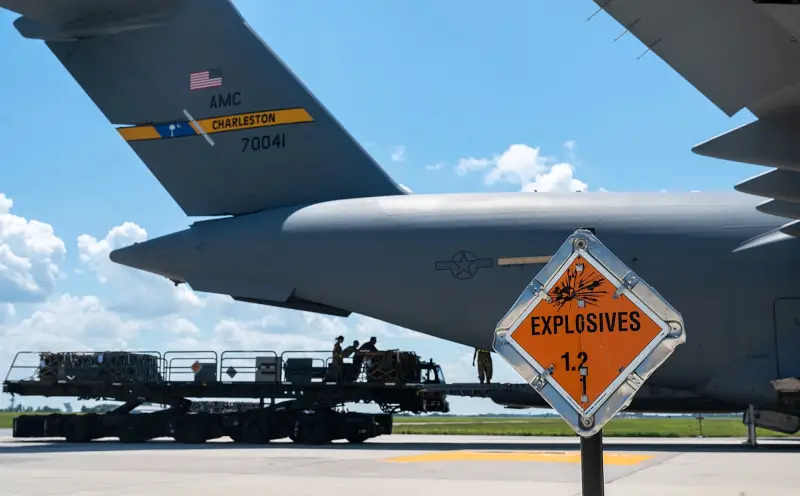

Erik Simon





